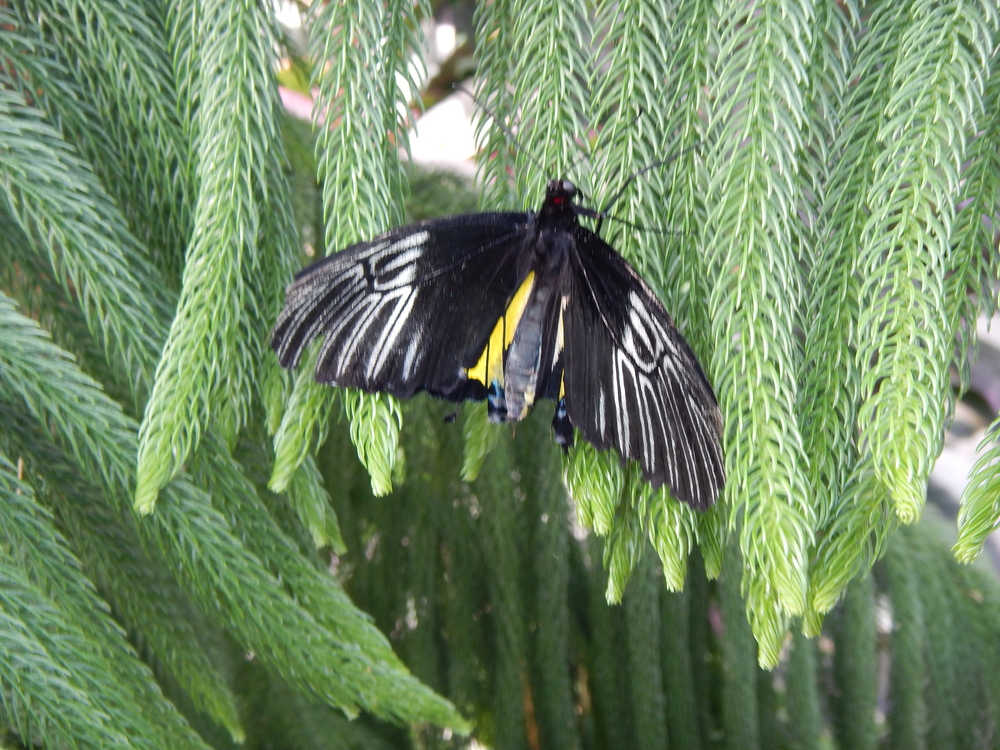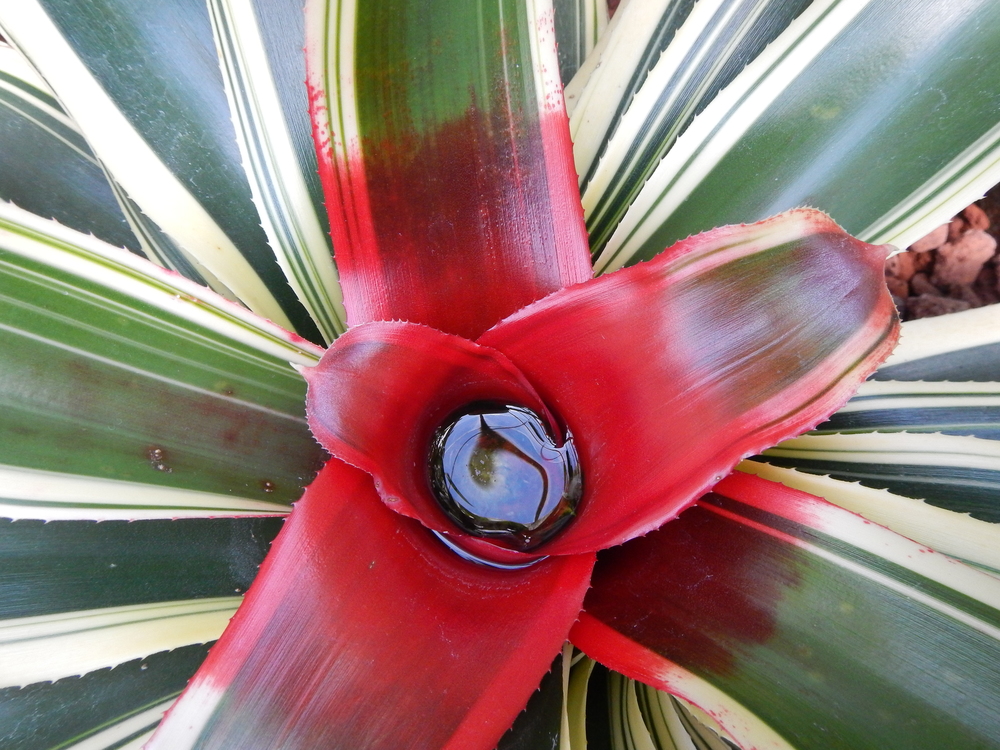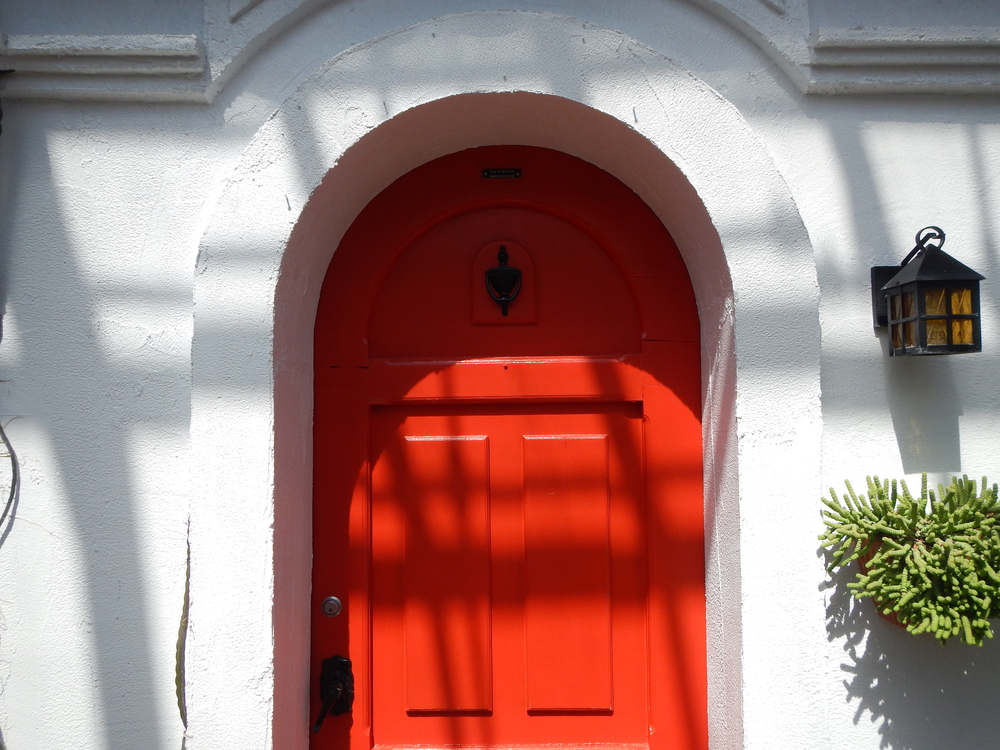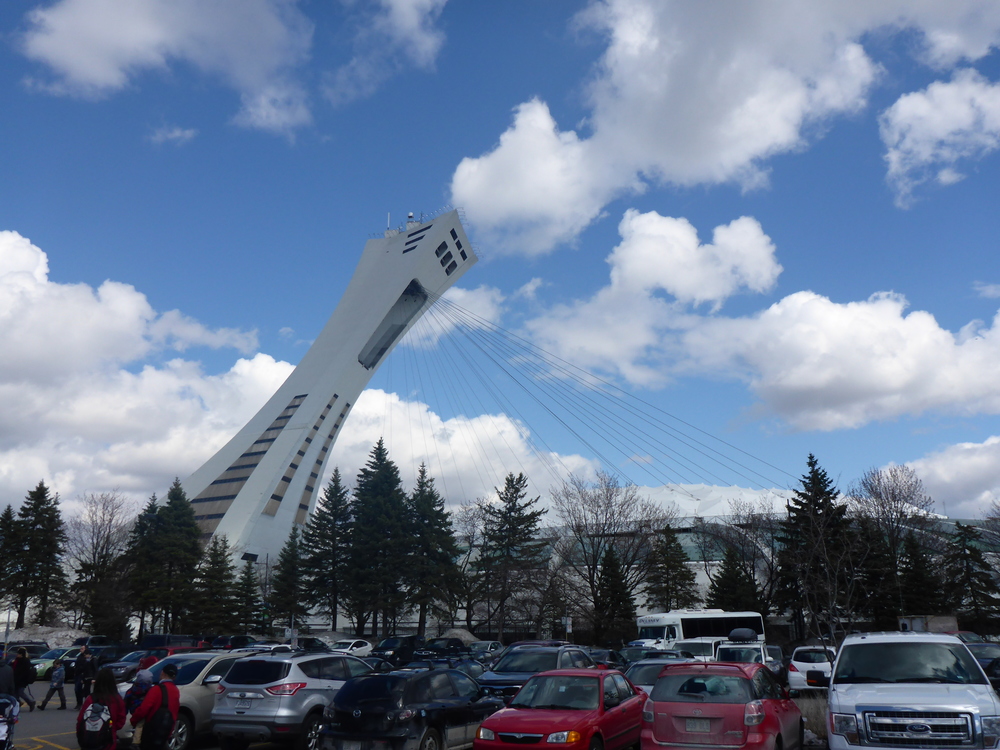I recently had a chance to test the Nikon AW110 waterproof adventure camera and wanted to share my real-world experience with you.
There are hundreds of sites that list the tech specs and compare those so you can be assured this review is not one of those. What I want to determine is how usable the camera is and how likely you are to keep using it if you buy it (assuming it is good enough to buy.
Why a rugged waterproof camera?
I have spent the last 15 years traveling the world as world as a business consultant (I have conducted business in at least 30 countries) and advanced PADI certified scuba diver.
I picked up my first digital camera in Singapore in 2000 (a rectangular 2 megapixel FUJI device) and worked my way up various semi-pro Canon dSLRs and scuba diving cameras.
Is a smartphone good enough?
For most people, the smartphone is the always with you camera and in these cases, it is better to have some photo than nothing at all but take a long hard look at those smartphone pictures. Typically they are grainy at night, colors are always a little off and most are soft at best.
So a smartphone is "better than nothing" but a small portable go anywhere without a worry pocket camera is even better.
The physical and what's different
The new AW110 has many similarities of its older brother. It uses the same 16 megapixel backlit CMOS sensor, offers a 5x zoom and f 3.9-4.8.
The new Nikon AW110 comes with a WIFI module in addition to the GPS sensor (that was bundled with the older version).
The zoom is now done with a rocker and the OLED Screen is of higher resolution.
The main attraction to this camera though (better specs than its older version) are the toughness specifications:
- waterproof to 18 meter
- drop proof to 2 meters
- freeze proof to -10 Celsius
- dust proof
Having used over a dozen different waterproof cameras, the learned that most die a horrible death when the waterproof door doesn't lock properly and the camera floods.
The AW110 has a nice thick ribber waterproofing gasket and a strong turn to lock mechanism that clicks when locked. This makes it much less likely to leak.
The locking mechanism on the AW110 is one of the best I have seen (compared to the Lumix TS5 or Olympus TG-2).
Most pocketable waterproof cameras come with some sort of assortment of filters you can apply real-time or during post-processing in the camera. The AW110 is no exception. Having played with these, I find them useless (not just in the AW110 but in all other similar competitive cameras).
Forget about the in-camera filters, they are useless and unusable.
Nikon bundles a 40.5mm filter adapter in the kit which allows you to add polarizers. A polariser used in bright direct sunlight makes a huge quality improvement to the final photo.
Whereas other manufacturers (like Olympus) sell the filter adapters separately, Nikon bundles it in with their base kit.
The AW110 comes with a bunch of wonderful sensors that record a bunch of cool details in each photo such as GPS, compass, depth and altimeter.
Nikon even added a "tap control" system that is helpful for recording in cold climates when the operator has gloves.
Nikon has put a lot of thought about how its customers will use the device and has made sure the AW110 comes with many value add functions (like tap control) for use with gloves.
The AW110 sets up an open WIFI network so your smartphone can connect to its via the Nikon Android or iPhone app. This makes it easier to use but may be a security risk if someone else is nearby with the smartphone app open.
Nikon should add a password protection mechanism (or option) to its camera based WIFI network.
Real world performance
There are 3 metrics you should consider when comparing digital cameras (in addition to quality of course): - Start-up time (how quickly you can take the first shot from a dormant device) - How quickly a photo is taken when the shutter button is pressed - What the delay is between multiple shots in automatic normal more - How many images the device can take in its high shot mode
I compared the performance of the Nikon AW110 to that of its biggest competitor the Olympus TG-2. In everyone of the tests, the Olympus outperformed the Nikon but many times the difference was negligible.
- Startup: Nikon 2.5 sec Olympus 0.8 sec (Olympus Wins)
- Shutter lag : Nikon 0.5 sec Olympus 0.3 sec (Olympus Wins)
- JPEG Shot-to-Shot time: Nikon 0.1 sec Olympus <0.1 sec (Olympus wins)
- Frames per sec: Nikon 6 Olympus 6.8 (Olympus Wins)
The Battery
Nikon rates the enclosed battery at 250 shots and my real world tests come very close. If I took pictures without a flash then I typically was able to take closer to 280 shots. If I took pictures with a flash then I was able to take less than 200 shots.
All in all, the battery was very good and would last a full day of normal use.
Having used Nikon dSLR cameras, I recommend you stay away from 3rd party no name batteries and buy the original (if you want an extra one).
Photo Quality
The Nikon AW110 offers accurate color reproduction. The lens is reasonably sharp in wide angle mode but you can see some softness in the corners.
What really disappointed me with the AW110 was Macro mode. In macro mode, the photo was "too soft" in my opinion and the camera seemed to add additional blur in the edges.
I tested the camera at all of its effective ISO settings and found the best highest quality images at ISO 200 and below. Anytime the ISO was set higher, you could see noise, artifacts and over-processing.
I feel that the AW110 (and many of its competitors would benefit from less megapixels).
The Olympus TG-2 comes with a 12 megapixel sensor which makes for slightly better pictures.
I compared high ISO shots (up to 3200) with all 3 cameras. All cameras suffered when the ISO was cranked up but the Nikon offered the cleanest pictures (when shooting at high ISO) of all 3 cameras.
During my testing, I found the lens susceptible to fingerprints and fogging which sometimes leads to cloudy pictures and at least less "sharp" pictures.
In my real world testing, the Panasonic TS5 seemed to offer the most hydrophobic lens that stayed droplet free the longest and tended to fog the least. The next best one was the Olympus and the Nikon was last in the smudge/fog category. This wasn't a big issue because it was easily corrected with a quick wipe from a lint free cloth.
Comparing the picture quality
I tested the picture quality against the AW110's chief rival the Olympus TG-2 (and the 3rd contestant the Panasonic Lumix TS5) in different situations and here are my results.
- Standard normal light day outdoors with slight overcast - The AW110 produced a more bland picture than the others. Everthing seemed more leveled with less contrast. For these tests, the Olympus was the best, followed by the Panasonic the the Nikon.
- Underwater with good light - If you are taking wide underwater shots, remember that the Olympus offers a 25mm lens, while the Panasonic and Nikon offer a 28mm equivalent. All 3 cameras performed very similarly underwater and they all corrected for color loss at depth about the same. No clear difference here.
- Maximum zoom - Zoomed in all the way, you see that the Nikon image is slightly more over-processed than the Panasonic or the Olympus but it exhibits less chromatic aberrations. Even with the over-processing, the Nikon offered the sharpest images (when zoomed to the max).
The flash
All 3 cameras I tested in this category are constrained by their small size which means the flash is positioned close to the lens. Everyone of them (Olympus TG-2, Panasonic Lumix TS5 and the Nikon AW110) tended to have limited stabilization capabilities in hand held reduced light situations. They also tended to sometimes blow out the subject by using "too much flash".
The Nikon AW110 struggles to offer the right amount of flash in reduced light situations (like its competitors).
Verdict
The Nikon is a worthy adversary in the pocketable waterproof camera segment and offers good image quality, good usability and an overall good experience.
- I found the WIFI setup and functionality to be better in the Panasonic Lumix DMC-TS5.
- I found the image quality slightly better in the Olympus TG-2.
- I found the menus easier to use and understand in the Panasonic TS5.
- I found the automatic scene detection and auto image quality best in the Olympus TG-2.
- The Nikon offered over-processed but the sharpest images when zoomed in.
What does this mean? It means the Nikon was an overall average camera but one you won't be disappointed with.
If you already own another Nikon camera then this may be a logical buy.
If you don't and want the best overall waterproof point and shoot camera, then my current recommendation is the Olympus TG2, then the Panasonic TS5 then the Nikon.
Sample Shots
Pictures may take a while to load because I left the original full image Give it a couple of seconds to download
Macro shot of the inside of a flower
Normal light slightly overcast picture to show vividness of image and overall quality
Max zoom on a butterfly

Wide angle mode of the Montreal Olympic stadium

Same image but with the Panasonic DMC-TS5


